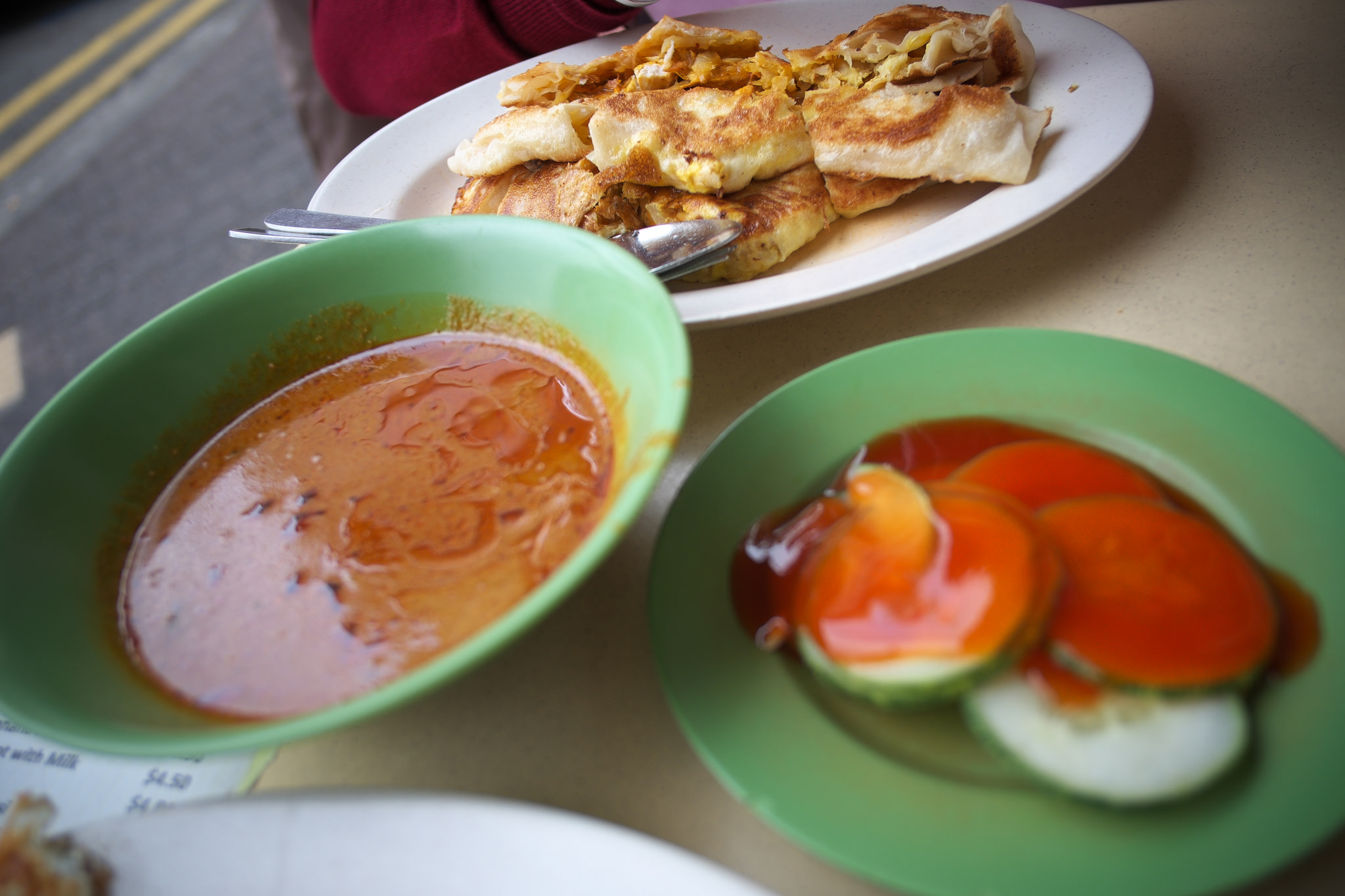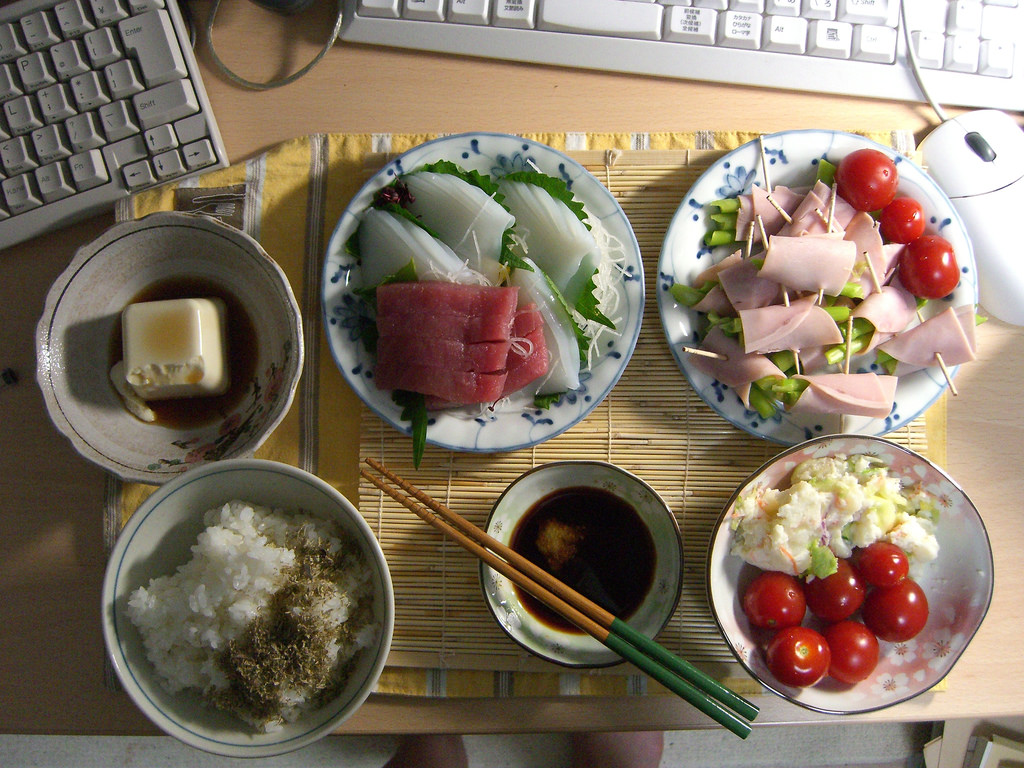What It Means If You Hate When Your Food Touches Other Food

By:
Do you hate it when your food touches other food on the plate? I'll admit that I do. You may think your food will taste worse when it's combined, but if you feel this way, you probably keep your plate pretty organized.
Compartmentalized lunch boxes and plates are marketed to people like you. But what does it mean? We asked Paul Rozin, a professor of psychology at the University of Pennsylvania, and doctoral candidate Hana Zickgraf why people organize food and how eating habits have changed in recent history. This interview has been edited for length and clarity.
ATTN: Would you say that feeling a need to separate your food could be a type of eating disorder? How do you explain it?
Zickgraf: As far as I know, there hasn’t been any research on this behavior by itself, but it is part of a constellation of behaviors that is associated with selective or "picky" eating. Picky eating describes several different but related eating behaviors, including eating from a narrow range of foods relative to peers. (In one study by our group, we found that about 50 percent of adult picky eaters, recruited online, say that their diet consists of fewer different foods. In another study, 40 percent of picky eaters reported eating diets that consisted of only 10 foods). [Or] rejecting foods because of distaste/dislike for their sensory properties and being very particular about how foods are prepared and presented.
ATTN: What about how people prefer their food to be presented?
Zickgraf: This rigidity about presentation often seems to take the form of rejecting foods that have touched other foods. In the same sample where 50 percent of picky eaters only ate 20 or fewer foods, 35 percent of picky eaters said that they do not let different foods touch on the plate. We aren’t sure why this is, but some possibilities are that picky eaters evaluate their food visually, and if it looks different from how they like it to look, they won’t eat it.
ATTN: And what about flavors mixing on the plate?
Zickgraf: Another possibility is that it isn’t about how the food looks but about being very sensitive to small differences in taste; picky eaters might notice — or worry that they will notice — slight transfers of flavor from one food to another. It is very common for picky eaters to not like mixed foods like salads, soups, or stir-fries. If two foods touched to the extent that they really mingled, most picky eaters would probably be bothered. Many picky eaters don’t even like different foods to mix in their mouths, and some eat the different foods on their plate one at a time. Of course, some people who prefer that their food doesn’t touch aren’t picky eaters. In our data, 16 percent of non-picky eaters said that they don’t let their foods touch on the plate.
 Flickr/Muhammad Ashiq - flickr.com
Flickr/Muhammad Ashiq - flickr.com
ATTN: How does the way we handle food reflect the psychology behind these eating habits?
Zickgraf: Obsessive compulsive disorder is characterized by engaging in rituals or repetitive behaviors in order to get rid of persistent thoughts or sensations that cause distress. Some people with OCD experience a lot of anxiety or discomfort when things are not arranged in a certain way, usually in a pattern or otherwise symmetrically. Sometimes this can include how food is arranged on the plate. This could help to explain why some people prefer to separate their foods. Even though OCD is a clinical diagnosis, many people have subclinical symptoms of OCD, including a preference for things to look just right or to be even. In several different studies, including two by our group, people who say that they are picky eaters report more symptoms of OCD, so these two individual differences might be related.
ATTN: Is there an evolutionary explanation for how humans organize their meals?
Rozin: I assume you mean adaptive. Three meals a day is a common pattern, but breakfast, though after the longest fast, is not the largest meal. Practically, there isn’t time in the early morning to prepare a full meal. Most cultures eat last night’s dinner, perhaps reheated, for breakfast. It is not a special meal, with its own foods, for many in the world. I think we eat meals to allow more time for other things, which would be harder if we grazed, but our modern snacks are yet a new dimension.
 Flickr/jim212jim - flickr.com
Flickr/jim212jim - flickr.com
ATTN: How do modern eating habits contrast to historical habits?
Rozin: A number of changes have occurred, thinking about the current American eating situation. We eat out much more, snack more, eat more highly processed foods, and often don’t all eat the same thing, or even at the same time.
Zickgraf: People have a lot more choices about what they will eat. Food choices no longer have to follow seasonal rhythms or prioritize getting as much energy (calories) from as little food as possible. People have more freedom to eat according to food likes and dislikes — taste preferences probably drive eating choices more, and for a larger percentage of the population, than at any other time in history.
